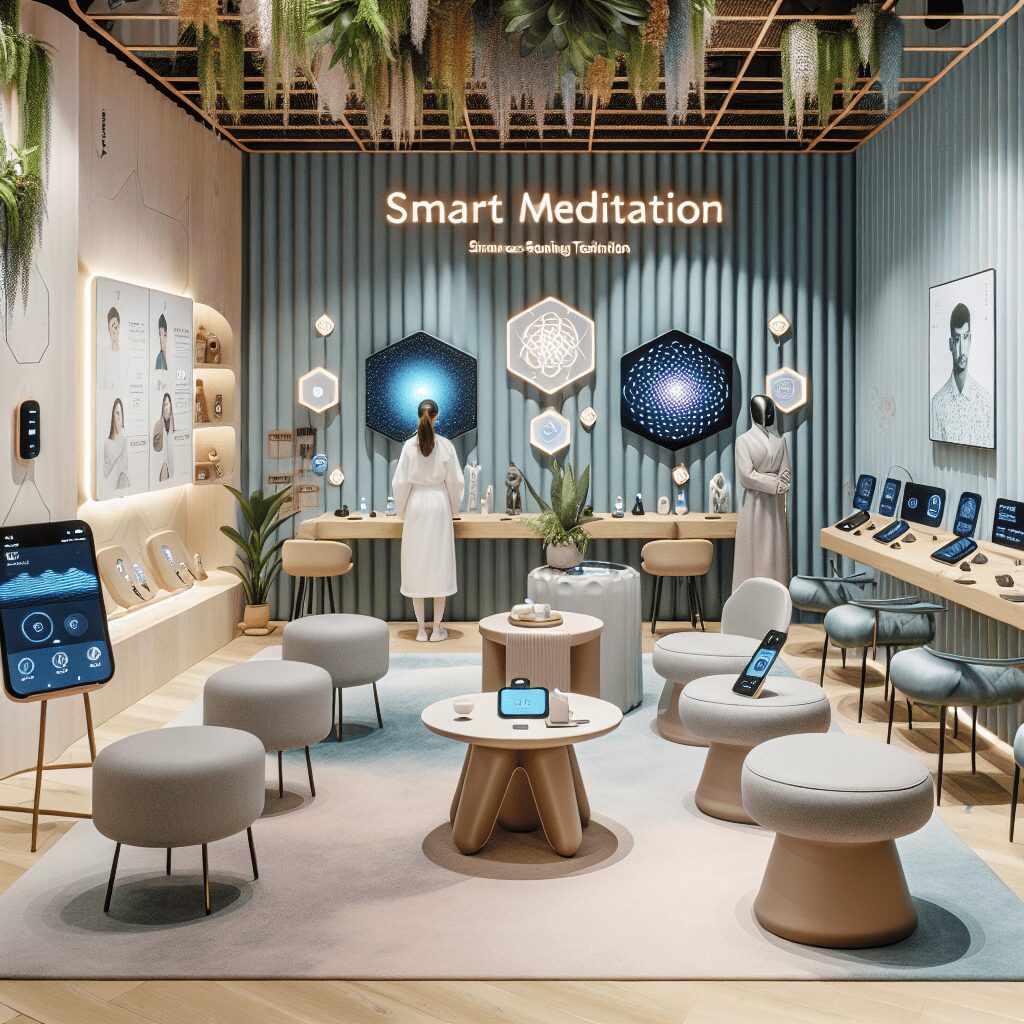
Prioritize your mental well-being daily. Enhance your life by nurturing your mental health with the Smart Meditation app. Break free from stress, alleviate anxiety, and enhance your sleep quality starting today.
Disability Awareness
Elevating Understanding: The Core of Disability Awareness
In today’s fast-paced society, the drumbeat of inclusivity and understanding seems louder than ever, especially when it comes to disability awareness. It’s a realm filled with more than just polite nods to accessibility; it’s about genuinely understanding the breadth and depth of experiences lived by people with disabilities. Now, let’s peel back the layers on this crucial topic, diving into what it really means, and how we, as a society, can move from mere awareness to heartfelt action.
Breaking Down Barriers with Knowledge
To kick things off, it’s essential to recognize that disabilities come in an astonishing array. They’re not just the physical conditions that may spring to mind but also include sensory, intellectual, mental health, and neurological conditions. Each experience is as unique as the person themselves, dispelling the one-size-fits-all notion often portrayed in media and discussions.
The Misconceptions: Clearing the Air
Oh boy, where do we even start? Myths about disabilities could fill volumes, but let’s tackle a few common ones heads-on:
- Myth #1: “If you can’t see it, it isn’t there.” Invisible disabilities are a thing. Just because someone doesn’t have a visible aid or isn’t using a wheelchair doesn’t make their challenges any less real.
- Myth #2: “People with disabilities always need help.” Nope, not always. Independence varies widely, and assuming otherwise can undermine a person’s abilities and sense of autonomy.
- Myth #3: “Disability equates to poor quality of life.” Hold up there! Many individuals with disabilities lead fulfilling, happy lives. It’s not the presence of a disability that dictates quality of life but rather access to opportunities and support.
The Path to Genuine Allyship
So, you’re itching to do your part? Bravo! But and it’s a big BUT, genuine allyship is more than just social media solidarity. It’s about actions, big and small, that collectively create waves of change. Here’s how you can roll up your sleeves:
- Educate Yourself: Dive deep into the resources out there. Blogs, podcasts, books, and documentaries galore await your attention.
- Listen and Learn: When someone with a disability shares their experience, let’s give them the stage. Listening is a powerful tool in understanding nuances.
- Advocate for Accessibility: Whether it’s championing for ramps in public spaces or captioned videos online, advocating for accessibility improvements benefits everyone.
- Language Matters: How we talk about disabilities shapes perceptions. Opt for person-first language (e.g., “person with a disability” rather than “disabled person”) unless you’re corrected otherwise.
Conclusion
In a nutshell, disability awareness is about peeling off the layers of ignorance and bias, revealing the rich, nuanced lives of individuals with disabilities. By promoting a more informed understanding and taking concrete steps towards inclusivity, we’re not just being allies; we’re threading the very fabric of a compassionate society. Let’s not just aim for awareness; let’s shoot for empathy, action, and genuine connection. After all, in the grand tapestry of humanity, each thread, no matter how seemingly different, strengthens and beautifies the whole.





